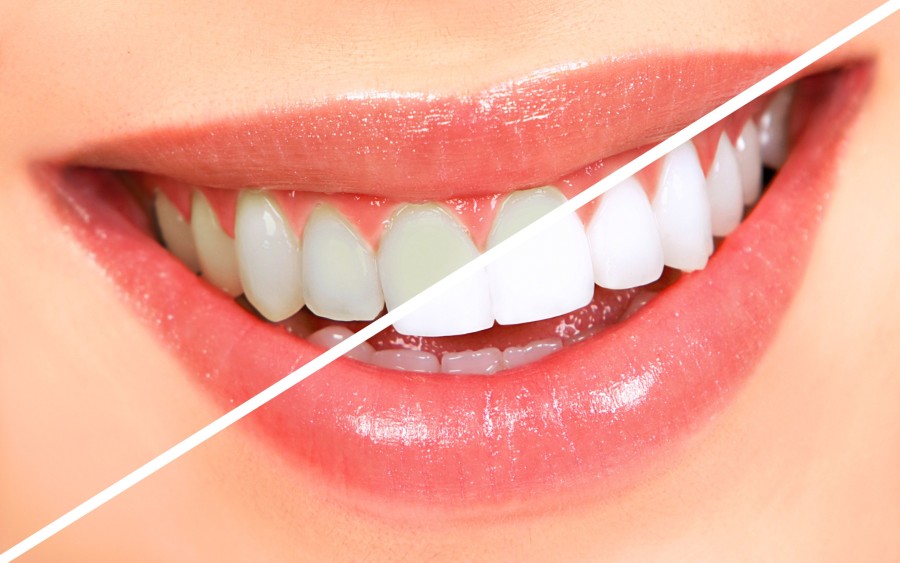Your teeth can be whitened in many various ways by a dentist. They are classified into external and internal methods.
In external methods, as the name indicates, involves placing the whitening gel on the outer surface of your teeth. But, this method does not work for a few types of staining like those caused by metallic fillings inside the teeth. External teeth whitening can be carried out in two ways, particularly home teeth whitening and the laser teeth whitening.
In home teeth whitening, your dentist produces a plastic mouth guard exactly for your teeth. You then will be given tubes of teeth whitening gel. Your dental professional will provide you with particular instructions on how to apply the gel in the mouth guard.
In laser teeth whitening, your dental practitioner will place a rubber seal around your teeth in other to safeguard your gum. Therefore, the whitening gel is put on your teeth in a way that the gel paints your teeth. A particular type of glowing light is directed to your teeth. The role of the light is to increase the whitening processes. Normally it takes up to 1 to 2 hours for good result.
Internal teeth whitening consists of the placing of the teeth whitening gel inside the teeth. This process is totally for teeth that have root treated efficiently.
In internal teeth whitening, the dental professional drills a hole in the teeth and put the teeth whitening gel inside the hole. For front teeth, the hole is generally made of the teeth where it isn’t easily seen. Then the dentist will seal the hole with temporary filings, while leaves the gel inside the teeth. This process will not hurt since there is no nerve inside the teeth.
In seven days later, you’ll need to return to your dentist to eliminate the temporary filling and teeth whitening gel. And, if the new color of your teeth is all right with you, your dentist will utilize a tooth-colored filling to fill the hole. In some instances, you may ask the dental professional to repeat the task if you aren’t satisfied with the new color shade. Seldom internal teeth whitening may need other types of whitening methods to get your desired result.
Schedule a consultation with your dental professional today, visit https://dentistryatclarksonvillage.com/.


